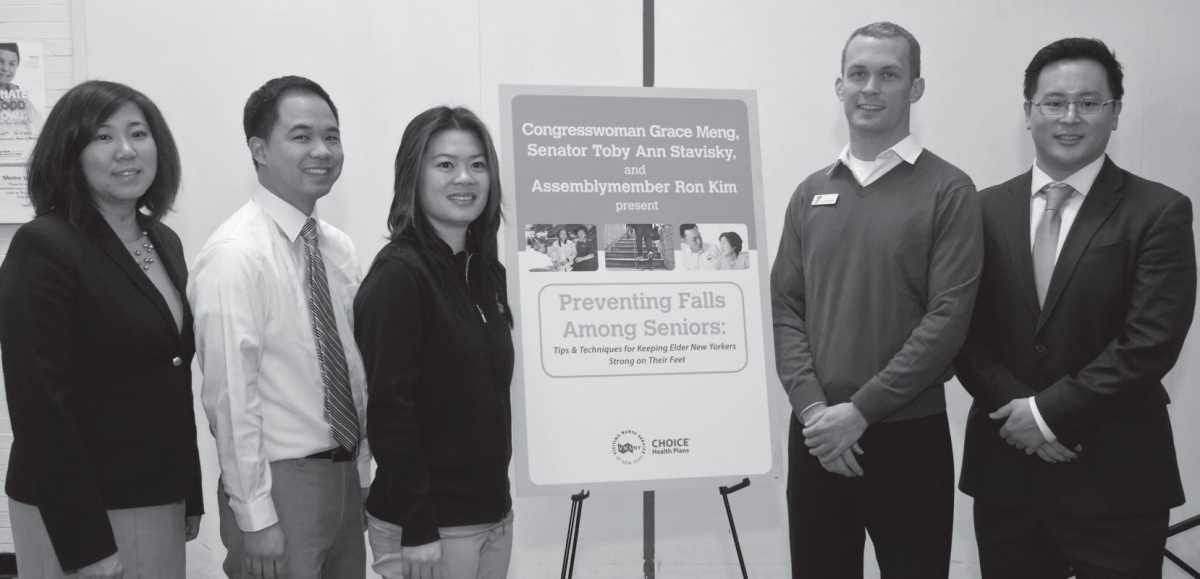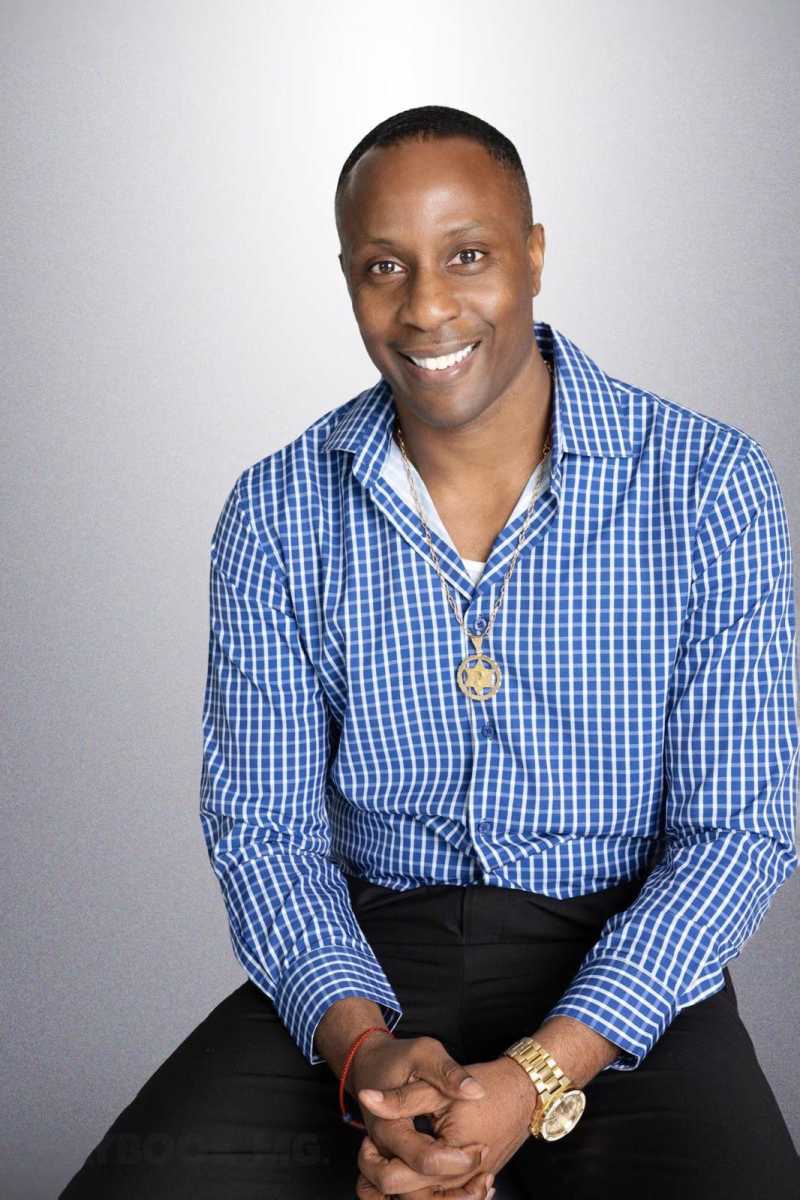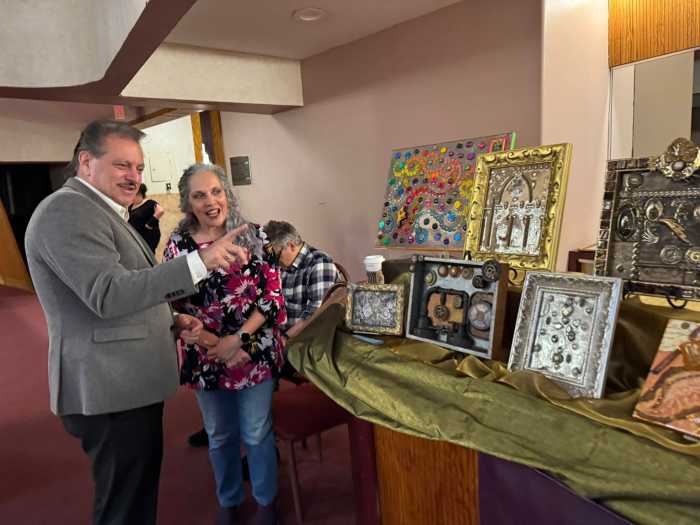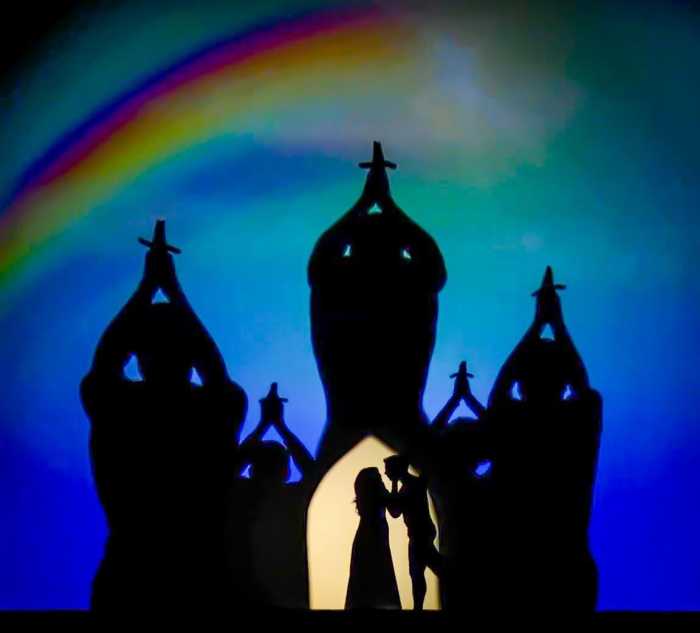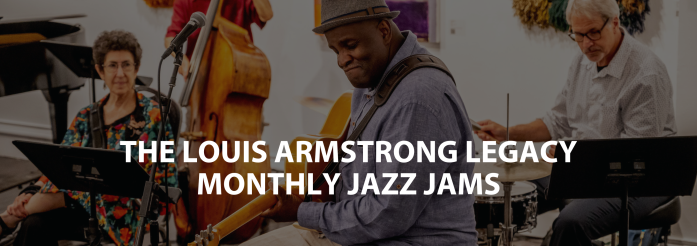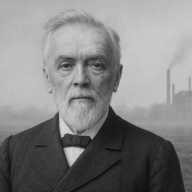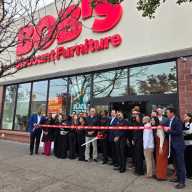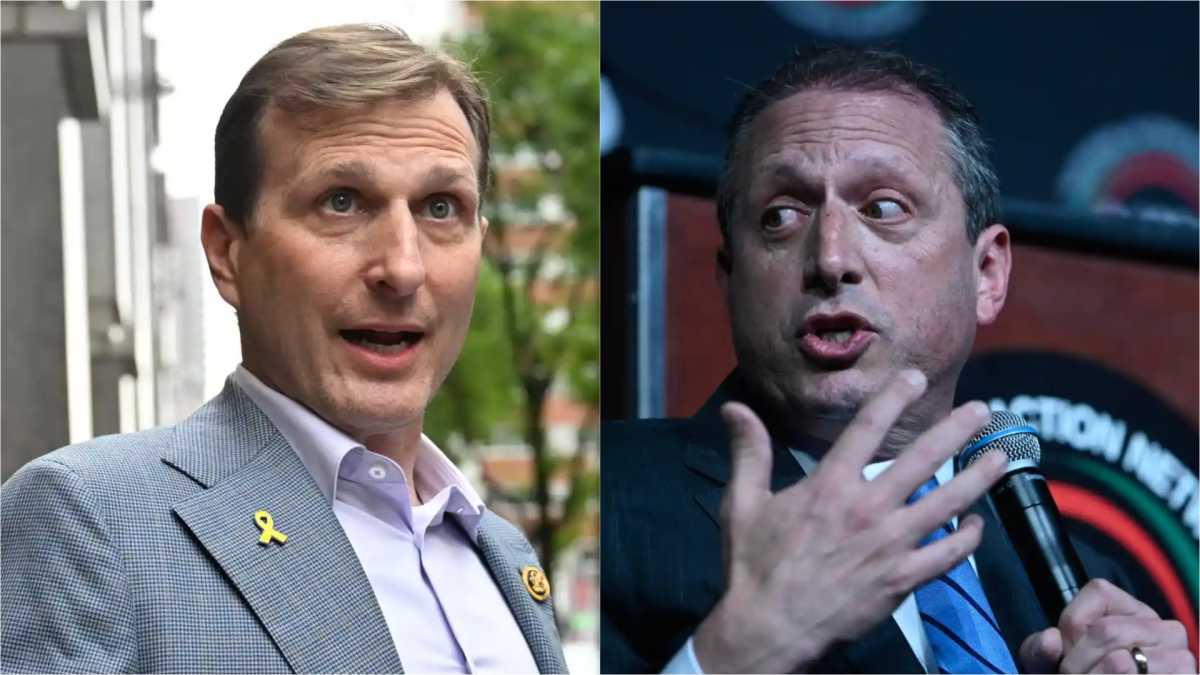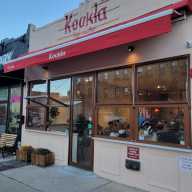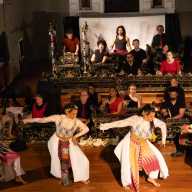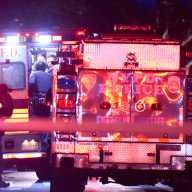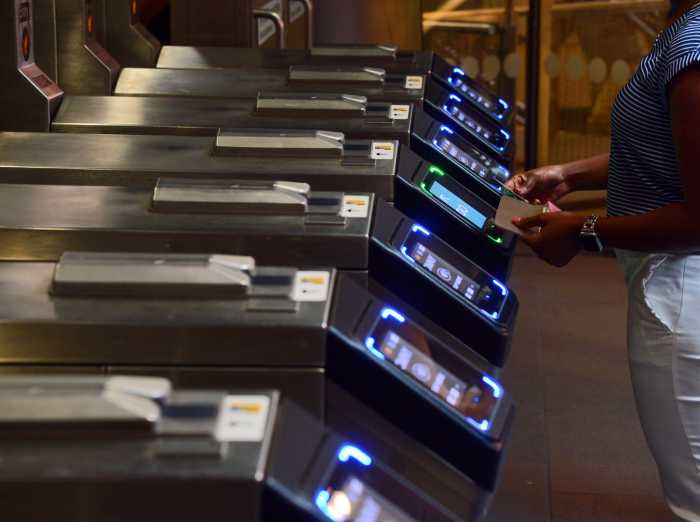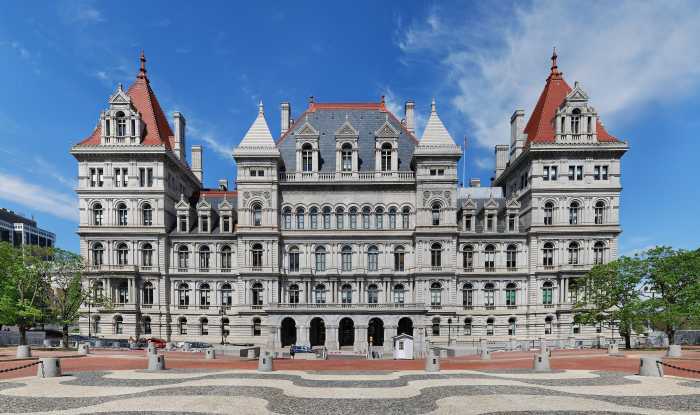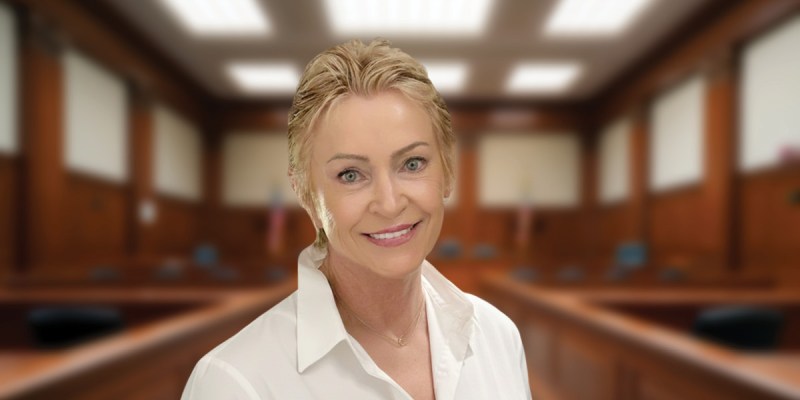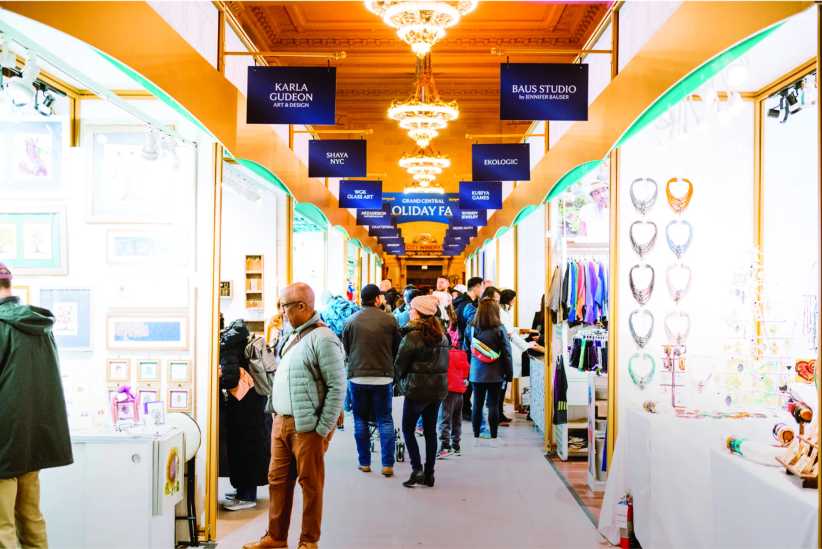Educator Recounts Woodside Schools’s Experience
As a sixth grade social studies teacher here in Queens, the Triangle Factory Fire is a tragic, yet fascinating part of American History that has become a teaching tool for me, and a source of learning for my students, in many respects.

I first became familiar with the story of the fire when I came across a collection of primary documents that were used as test preparation for the NYS Social Studies Test for Grade 5. My interest was immediately sparked, perhaps because most of the victims of the fire were young and female.
Last year, when the 100th anniversary of the fire was approaching, I wanted to do something special in order for my sixth grade students to appreciate the significance of the event and to participate in the commemoration. We were fortunate enough to participate in two 2011 commemoration ceremonies that were to take place in Queens.
The first took place on Mar. 25, the actual 100th anniversary of the fire, and was atMt. Zion Cemetery in Maspeth. My school, P.S. 229, located off 69th Street and MauriceAvenue in Woodside, is a short walk away from the cemetery and site of where two monuments to the Triangle fire stand in a section of the cemetery called ‘Workmen’s Circle” and where many of the victims of the fire are buried.
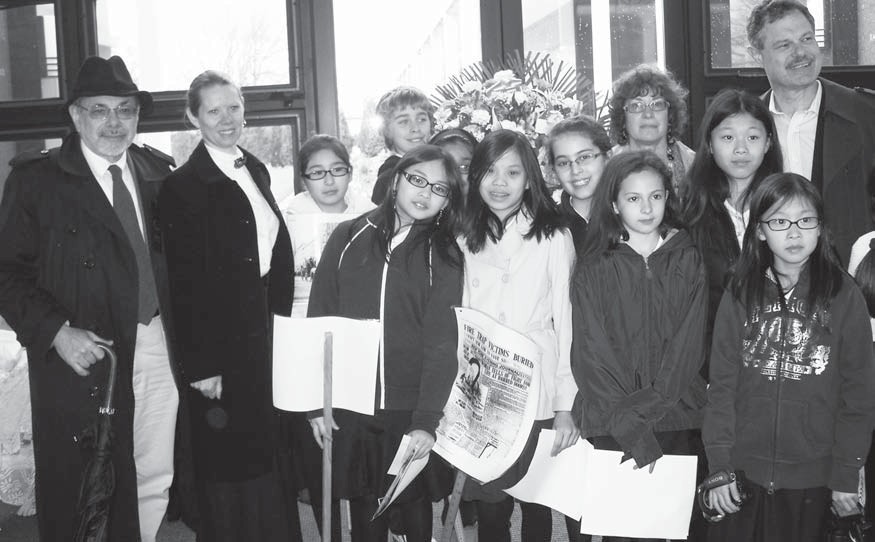
Jeff Gottlieb, of the Queens Jewish Historical Society allowed one of my classes to not only attend, but also participate in the commemoration. I prepared speeches for my students that told the story of the fire, and that reminded everyone how this tragedy could have been prevented had basic fire and work safety rules and laws that were in place at that time, been practiced. Then three of my female students read excerpts from three different female workers of the time, two of whom were survivors of the fire.
The second commemorative event was at The Cemetery of the Evergreens, on the Brooklyn-Queens border, on Apr. 5, 2011, the 100th anniversary of the funeral procession and burial of the unknowns, written about above. The first part of the program took place in the Garden Mausoleum, where a ceremony including both a priest and a rabbi took place.
A floutist and a singer from Christ the King Regional High School performed, and the singer sang The National Anthem. There were other speakers, including Michael Hirsch, who researched and made public the identities of the six unknown victims, and family members of the unknown victims who spoke as well. My students again read their speeches, and then we all went to the section of the cemetery where the monument for the unknown victims stands, for the unveiling of the headstone with the six names of the now-known unknown victims.
The Evergreens Cemetery President, Paul Grassi, made it possible for my students to participate at the Apr. 5, 2011 commemoration, and introduced my students and myself as they read the accounts of the fire, as well as survivor accounts. I spoke of how my students were taught not only a lesson in history and the importance of work and fire safety laws, but also how they were taught a lesson in humanity, as they saw so many people come together to remember the pain and suffering experienced by so many, so long ago.
I think my students realized how lucky they were to be a part of this historical event and to witness the unveiling of the new headstone, on which the names of the six unidentified victims would finally remain for all to see.
The event was a particularly special experience for me and my students, as they got to meet Michael Hirsch, and Leigh-Benin, one of the co-author’s of the Images of America book, ‘The New York City Triangle Factory Fire’ who, along with Mr. Hirsch, contributed to the HBO special about the fire. They also had the pleasure of meeting Evergreen Cemetery historian and worker, Danny Donofrio, who was the first to help me find the triangle memorial at the cemetery.
After last year’s 100th anniversary of the infamous Triangle Shirtwaist Factory Fire of Mar. 25, 1911, many New Yorkers became much more familiar with that tragic event that took place on Manhattan’s lower east side. However a much less publicized, yet equally significant event took place 11 days later.
On Apr. 5, 1911 the ILGWU (International Ladies Garment Workers Union) organized a massive funeral procession to honor the victims of the fire, and in particularly, the seven unknown victims whose bodies were never identified, or claimed.
That day, 101 years ago last Thursday, the city experienced an outpouring of grief never before seen, as a torrential downpour that matched the dismalness of the occasion soaked the city. Yet regardless of the unending bitter-cold rain, an estimated 400,000 people turned out for the funeral procession for the victims of the Triangle Shirtwaist Factory Fire. Approximately 120,000 marchers and 300,000 mourners stood, or marched, mostly in silence, for nearly six hours.
White horses, draped in blacknetted mourning shrouds, pulled a funeral hearse, carrying symbolic empty coffins, and lead the somber parade through the rain and tear soaked city. The Triangle Factory workers, mostly young women who survived the fire, were the first to march behind the funeral hearse.
It was reported that when the procession reached the street where the factory was located, a sudden mournful wail rose up from the young women as they were reminded of the horrific day that they fatefully survived, and trembled with grief and terror over the memory of their fallen co-workers.
Soon their cries began to spread until the entire crowd was howling in heart-wrenching sobs of tears and anger over a tragedy that could have been prevented had fire and safety laws been enforced at the factory. The sound was described as being a dreadfully loud outpouring of sorrow that would never be forgotten by those who witnessed it.
An article published by the Forward on Apr. 6, 1911 described how the seven unknown victims were taken out of the morgue at 2 p.m., while the funeral procession was taking place, and that the bodies were held at the morgue as long as possible in hopes that they would be identified by a friend, neighbor, or family member at the last minute. Although many came to look, no one recognized them.
They were each laid in a black coffin, wrapped in shrouds, and lifted onto a hearse. The cover of each coffin had a silver plate on it with the words: “Unidentified departed of the fire in the Asch Building, March 25th, 1911.”
They made their way to Brooklyn, to the Cemetery of the Evergreens, where crowds of people mourned and wept over the open grave in a section of the cemetery known as ‘Memory Gardens.’ Funeral rites were recited in Catholic, Protestant, and Jewish, since the faiths of victims were as unknown their identities.
Shortly after their burial, one of the victims, Caterina Maltese, grandmother of former State Sen. Serphin Maltese, was identified, and moved to a family plot in Calvary Cemetery, where she was buried alongside her two daughters who also perished in the fire.
In 1912, sculptor Evelyn Beatrice Longman created The “Triangle Fire Memorial to the Unknowns”. On the face of the large stone is a woman, bent over in mourning, and an inscription which reads, “In sympathy and sorrow citizens of New York raise this monument over the graves of unidentified women and children who with one hundred and thirty nine others perished by fire in the Triangle Shirtwaist factory Washington Place March 25 1911.”
Nearly one hundred years passed until independent researcher Michael Hirsch made public the identities of the six final victims. In the mass confusion of identifying badly burned victims, and with hopes that their loved ones escaped the fire, their family members only realized after the burial that their loved ones were among those interred at evergreen.

